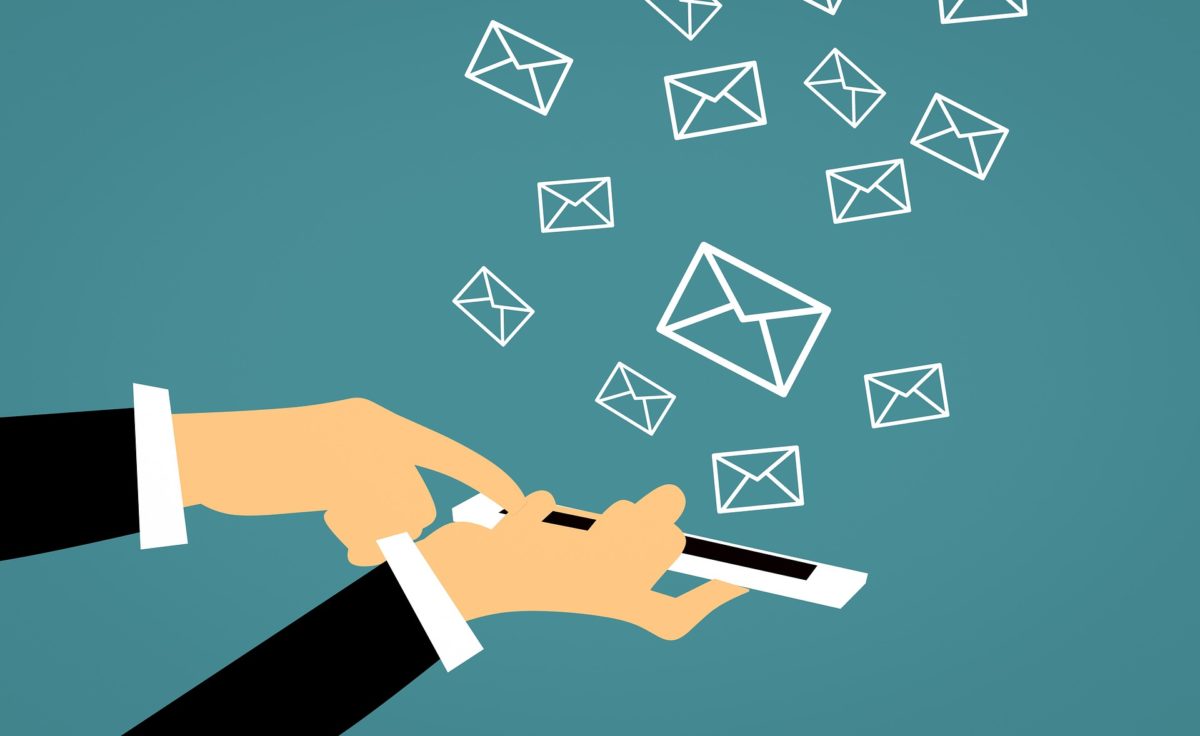Introduction
In the realm of email marketing, effectively guiding a recipient’s attention is crucial to achieving desired outcomes. Visual hierarchy, a fundamental design principle, plays a pivotal role in shaping how information is presented and perceived within email templates. This article explores the strategic use of visual hierarchy in custom email design, focusing on how to structure content to enhance readability and engagement. We will examine key elements of visual hierarchy, such as size, color, and spacing, and discuss popular design patterns that can help organize information effectively. Additionally, we will highlight best practices for incorporating hero images and typography, balancing content with white space, and leveraging real-world examples to illustrate successful email design strategies. This comprehensive guide aims to provide a clear understanding of how visual hierarchy can be strategically applied to create impactful and user-friendly email templates.
Understanding Visual Hierarchy: Why It Matters in Email Design
Visual hierarchy is a crucial design concept that helps you organize and prioritize information in your emails. Think of it as a way to guide your readers’ eyes to the most important parts of your email, making sure they notice and understand key messages quickly. In custom email template design, visual hierarchy means using various design elements to control what your readers see first and how they process the information.
For example, the size of text plays a big role in visual hierarchy. Larger text grabs attention first, so your headline or main message should be the biggest. This helps readers quickly understand the main point of your email. Color is another important factor; bright and contrasting colors can make certain elements, like call-to-action buttons, stand out. This way, readers are more likely to click on them.
Alignment and proximity are also key. Grouping related items together, like placing product images next to their descriptions, helps readers make connections easily. Whitespace, or the empty space around elements, ensures that your email doesn’t look cluttered and helps highlight important sections.
By applying these principles in your custom email template design, you can make your emails more effective and engaging. Proper visual hierarchy not only catches the reader’s eye but also guides them through your message in a logical and appealing way.
Key Elements of Visual Hierarchy in Email Templates
When designing a custom email template, understanding the key elements of visual hierarchy can make a big difference in how your emails are received. Here are some essential elements to consider:
- Font Size: The size of your text affects what readers notice first. For example, use a large, bold font for the headline to grab attention right away. In contrast, smaller font sizes are better for less important details or secondary information.
- Color Palette: Colors help emphasize important parts of your email. Bright colors or high-contrast combinations can draw the reader’s eye to key elements, such as call-to-action buttons. For instance, if your main offer is highlighted in a bright color, it stands out against a more neutral background.
- Hero Image: A hero image is a large, eye-catching image at the top of your email. It sets the tone and quickly communicates the main message. For example, if you’re promoting a sale, a vibrant image showcasing the sale items will immediately grab attention.
- Content Block Layout: Organize content blocks in a way that shows their importance. Place the most important information at the top and less critical details further down. For example, start with a promotional offer and follow up with additional information about your products or services.
- Whitespace: Don’t overcrowd your email. Using whitespace effectively helps separate different sections and makes the email look clean and organized. This makes it easier for readers to focus on each part of your message.
Incorporating these elements into your custom email template design will help create emails that are not only visually appealing but also easy for readers to navigate and understand.
Crafting the Perfect Layout: Popular Patterns to Follow
When designing a custom email template, using visual hierarchy patterns can help organize your content in a way that’s easy for readers to follow. Here are three popular patterns to consider:
- Inverted Pyramid: This pattern starts with the most important information at the top and narrows down to less critical details. For example, if you’re promoting a special offer, place a big, attention-grabbing headline at the top, followed by a clear call-to-action button. This makes sure readers see the main offer first, even if they don’t scroll down.
- Z Pattern: The Z Pattern guides the reader’s eyes in a zigzag motion across the email. Start with a strong headline at the top left, then move to a hero image, followed by additional information on the right. This pattern works well for emails with multiple sections because it helps guide readers through each part smoothly. For example, you might use this pattern to show off various products with images and descriptions arranged in a Z-shaped layout.
- F Pattern: This pattern is based on how people read online, starting from the top left and moving across and down the page. Place the most important information and call-to-action buttons along the top and left side. For instance, start with a bold headline at the top, followed by a brief, engaging summary on the left, and place a prominent call-to-action button in the lower part of the email.
By using these visual hierarchy patterns in your custom email template design, you can create emails that are easy to read and engaging, making sure your key messages stand out to your audience.
The Role of Hero Images and Typography
In custom email template design, hero images and typography play a crucial role in creating an engaging and effective email. Let’s explore how each of these elements can enhance your email content:
- Hero Images: A hero image is a large, eye-catching image at the top of your email that grabs attention immediately. It’s usually used to highlight the main message or promotion. For example, if you’re announcing a special sale, a vibrant image of your top products with a discount banner can quickly convey the message. This visual element sets the tone and draws readers into your email.
- Typography: The style and size of your text, known as typography, also influence how your message is perceived. Use a large, bold font for your headline to make it stand out, and choose a clean, readable font for the body text. For instance, if you’re sending a newsletter, a bold headline in a large font helps readers quickly understand the main topic, while a smaller, simpler font for the rest of the text ensures readability.
Combining a strong hero image with effective typography in your custom email template design helps to grab attention and clearly communicate your message. This approach ensures that readers notice the most important information right away and are encouraged to engage with your content.
Balancing Content and White Space
In custom email template design, balancing content with white space is essential for creating a visually appealing and easy-to-read email. White space refers to the empty areas around your text and images, and it helps to avoid a cluttered look.
- Strategic Use of White Space: White space allows readers to focus on important parts of your email without feeling overwhelmed. For example, if you have a special offer, place it in a section with ample white space around it. This draws attention to the offer and makes it stand out. If your email has multiple sections, using white space between them helps readers easily differentiate and navigate through each part.
- Avoiding Clutter: Don’t overcrowd your email with too much text or too many images. A cluttered email can be hard to read and may cause readers to lose interest. Instead, keep sections concise and use white space to separate different elements. For instance, if you include product descriptions, pair them with images but ensure there’s enough space around each description so that the email remains clean and organized.
Using white space effectively in your custom email template design makes your emails more readable and visually appealing. It helps highlight key messages and call-to-action buttons, making it easier for readers to engage with your content and take the desired actions.
Conclusion: Bringing It All Together
In custom email template design, mastering visual hierarchy is key to creating emails that capture attention and drive engagement. By understanding and applying principles like font size, color, layout patterns, hero images, and white space, you can design emails that are not only visually appealing but also effective in communicating your message.
For instance, using large, bold fonts for headlines and strategically placing bright colors for call-to-action buttons ensures that important elements stand out. Patterns like the Z Pattern or F Pattern help organize content so that readers can easily follow the flow of information. Incorporating a hero image at the top of your email sets the tone and draws readers in, while balanced white space prevents your email from looking cluttered.
These techniques are essential for personalizing Mailchimp emails with merge tags. By integrating merge tags to personalize the content, such as addressing the recipient by name or highlighting specific products based on their preferences, you create a more tailored and engaging experience.
In summary, applying visual hierarchy principles in your custom email template design not only enhances readability but also helps deliver a more personalized and impactful message. By combining these design strategies, you can improve the effectiveness of your email campaigns and better connect with your audience.














